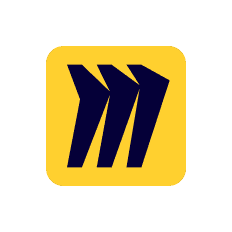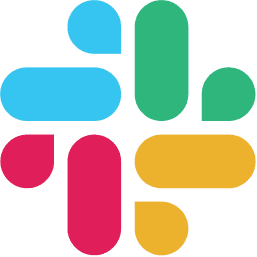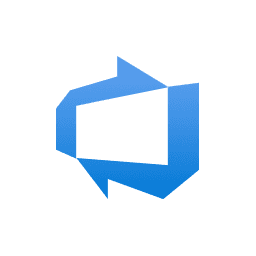Challenge
As a designer for Algolink, I collaborated with a client to redesign their job recruitment platform. Our goal was to create a more intuitive and cohesive experience for job seekers and employers alike.
Results
The redesign led to significant improvements in usability and satisfaction. Task success rate jumped from 62% to 94%, highlighting a more intuitive experience for both job seekers and recruiters.
What is the current hiring process like?
The hiring process lacks a structured, personalized approach to match candidates with suitable opportunities, provide effective interview preparation resources, and assist employers in identifying top talent.
Introducing Algolink

A recruitment platform that aims to help people learn valuable skills, express their goals, and find career success.
Redesigning the consumer and enterprise platforms to ease user experience.
Creating a cohesive design system that enhances product consistency.
Will Applymore: Age 20, College Student
Behaviors: Applies broadly, uses LinkedIn
Needs: Clear guidance, aligned opportunities
Pain Points: No personalized feedback
Annita Hire: Age 33, Hiring Manager
Behaviors: Reviews many referrals/emails
Needs: Streamlined tracking and outreach
Pain Points: Email and sorting is inefficient














